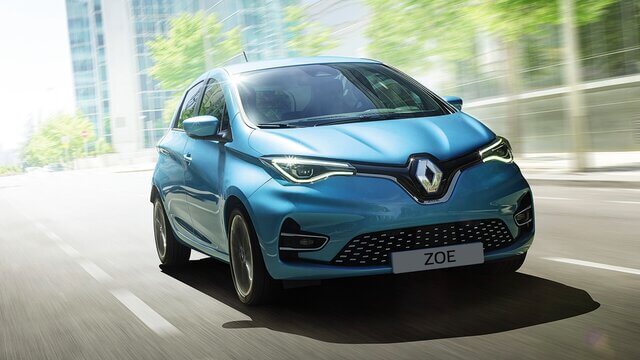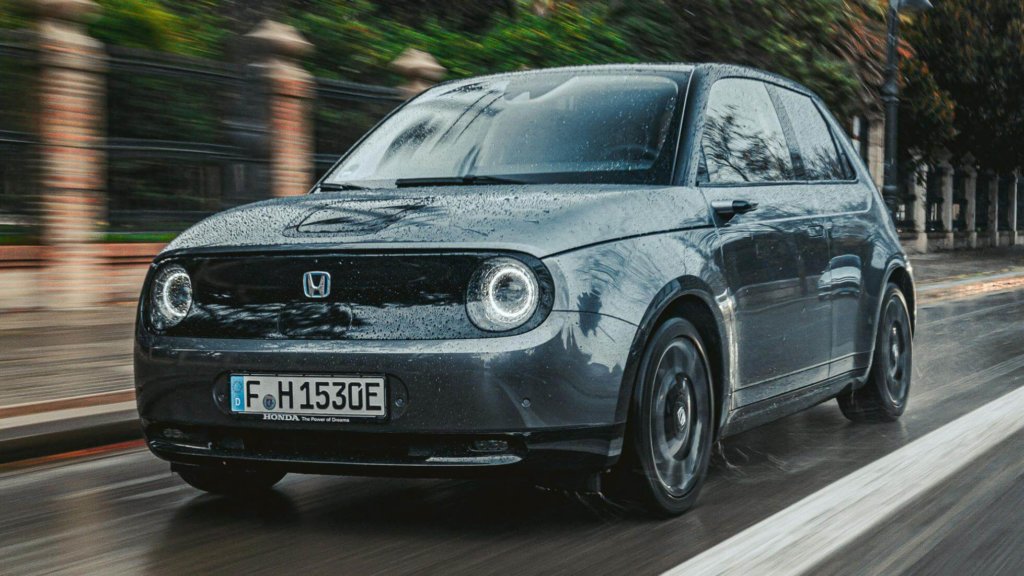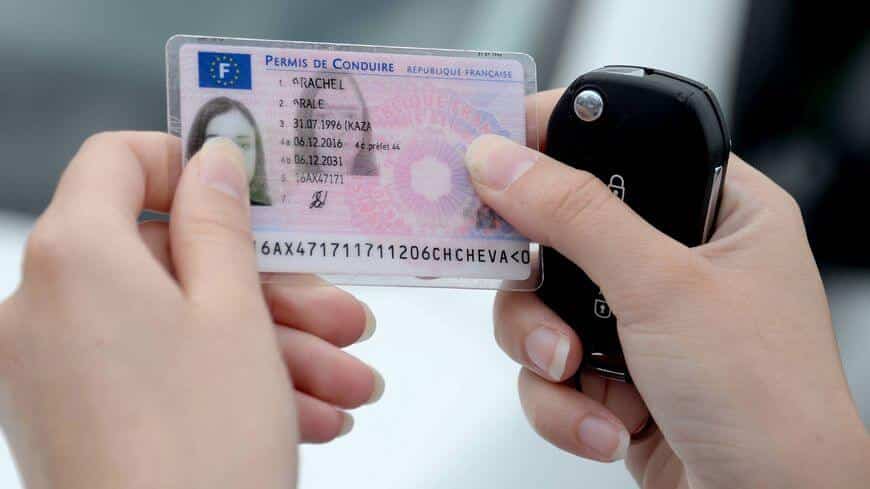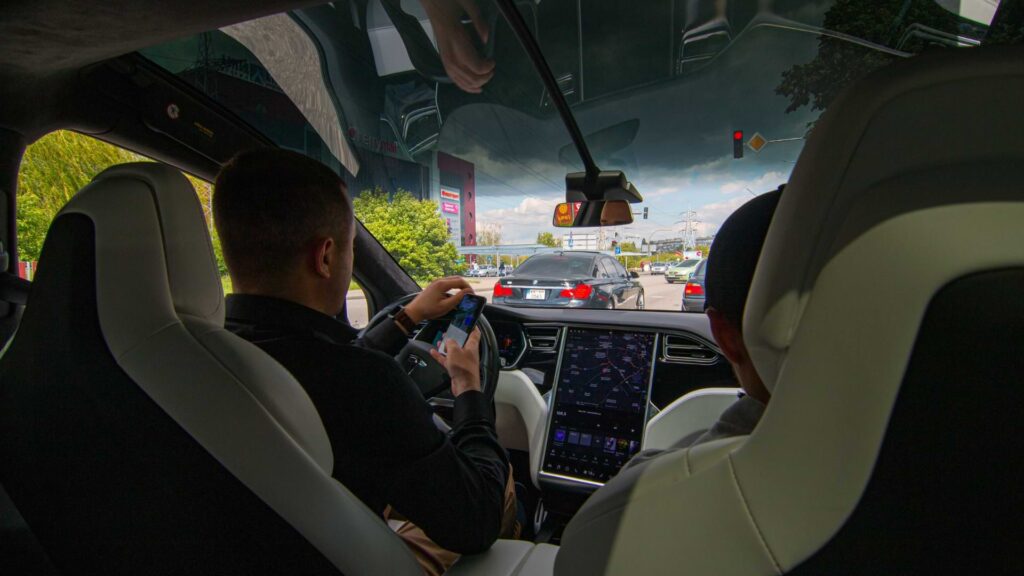What are the differences between a combustion-powered car and an electric car?
Before looking at the advantages and disadvantages of taking your driving test with an electric car, it's important to know the differences between a combustion engine car and an electric car.
At first glance, an electric car generally looks like any other vehicle. To see the differences, take a look under the hood and under the floor.
Instead of an internal combustion engine using heat as energy, it uses electricity. To understand step-by-step how an electric car works, and to know how to tell the difference between a combustion-powered car and an electric one, here are a few points of differentiation.
The refill
Let's start with recharging. To refuel, an electric car must be plugged into a socket or charging station. The connection is made via a cable fitted with appropriate connectors. There are several types, depending on the desired recharging mode.
The converter
It can transform alternating current from the grid into direct current (DC). Batteries can only store energy in the form of direct current. To avoid this step and recharge faster, some charging stations convert the electricity themselves, injecting direct current directly into the battery. These are known as "fast-charging" and "ultra-fast-charging" DC terminals, like those found at freeway service stations.
The battery
The electric vehicle essentially comprises a battery system that acts as both fuel and electric motor. It differs from a combustion-powered vehicle in that it takes longer to recharge, and is easier to transport and distribute electricity than a combustion-powered vehicle. The car is generally equipped with one or more electric motors whose total power can range from 15 to over 400 kWdepending on vehicle size, usage and performance requirements.
Gearbox
The electric car has no gearbox. There's no need for a gearbox, because an electric motor is capable of operating at up to several tens of thousands of revolutions per minute. It supplies the rotation directly, unlike a combustion engine, which has to convert the rectilinear motion of the pistons into circular motion. Logically, there are far fewer moving parts in an electric car than in a combustion-powered vehicle.
One of the key advantages of electric cars is the generation of electricity for battery-powered vehicles. Indeed, when an electric motor runs "in a vacuum" without being supplied with current, it generates electricity. This happens every time you take your foot off the accelerator pedal or apply the brakes. The energy recovered is fed directly into the battery.

Where can I take my electric car driving test?
With over 1,506,573 users, Ornikar has become the new way to take your driving test, and at 35% less cost than a traditional driving school. Go ahead and book your driving lessons directly on the Ornikar website.
You don't have your driving license and would like to take your driving test? Ornikar also has you in mind. Start practicing now with our free code series.
You can also take the exam as an independent candidate with Ornikar.
What are the advantages and disadvantages of taking an electric license?
Now that you know almost everything about electric cars, let's talk about driving licenses. Passing your driving test on an electric car offers many advantages for trainees and driving schools alike.
Benefits
Gain in confidence: Various driving schools with an electric car in their fleet start training candidates on such a vehicle. This enables the learner to master certain gestures and gain greater confidence. Then, after the first few hours of training, the trainee can switch to a manual gearbox to learn how to shift gears, having already acquired certain reflexes and confidence.
Simple handling: the The main advantage of learning to drive an electric car is the simplicity of the learning process, thanks to the ease with which it can be handled. The student doesn't have to worry about shifting gears, and just has to focus on the environment. What's more, acceleration and braking on an electric car are much smoother and easier to control. What's more, hill starts, often problematic for apprentices, are no longer a worry.
Faster acquisition: It's also quicker to get your license, with only 13 hours of driving required compared with 20 hours for the classic B license.
Lower costs for both sides: Passing your driving test on an electric car is a less expensive solution than a conventional license. In fact, only 13 hours of learning are required. Costs are also lower for the driving school. Electric cars cost considerably less to recharge (2 € per 100 km compared with €8.50 for a diesel model), but also for maintenance.
Fun for instructors: There are advantages for instructors too, as an electric car is much quieter and easier to teach, so the trainer only has to concentrate on the environment, safety and traffic.
Disadvantages
Limitation in the license: As you know, electric cars have no mechanical gearbox. As a result, the candidate can only obtain a B automatic clutch license (BEA), limiting his or her right to drive only vehicles fitted with an automatic gearbox. It is therefore impossible to drive a vehicle with a manual gearbox. A limitation that may make some people think twice before embarking on the electric adventure.

Who should take their driving test on an electric car?
The fact that you only need a license to drive a car with an automatic gearbox is obviously limiting. However, it's a very good option for many people.
Today, automatic gearboxes are winning over more and more motorists. After a rather difficult start, automatic gearboxes are gaining ground in France.
Our country was particularly recalcitrant to this type of transmission, which has been acclaimed the world over, starting with the United States, Japan and Asia in general. But over the past six or seven years, it has become a resounding success, and now equips 30% of new cars sold.
The big advantage of automatic gearboxes is that you no longer have to worry about shifting gears. This may seem anecdotal to some, but it's an obvious gain in comfort, especially when you're on the move every day in city traffic and jams. For senior citizens or people with back problems, for example, it's far less tiring than having to shift gears frequently.
Automatic gearboxes are also reassuring for drivers who are not always at ease behind the wheel. They prevent you from stalling or shifting into the wrong gear. They also allow you to concentrate on driving and keep both hands on the wheel.
The possibility of taking a B license later?
However, anyone who has obtained their BEA license on an electric car can subsequently convert it to a B license. Conversion training is available after 6 months.
This additional training generally costs between 350 and 500 euros, and involves a minimum of 7 hours' driving with an instructor to obtain your precious pass. This bridging course can be completed in just 2 days. The trainer will issue you with a certificate of completion, enabling you to validate your B driving license.

Good luck to you and we'll see you on the road soon, in electric vehicles of course!
Beev offers multi-brand 100% electric vehicles at the best prices, as well as recharging solutions.
































